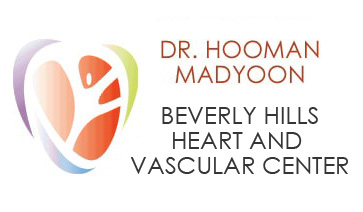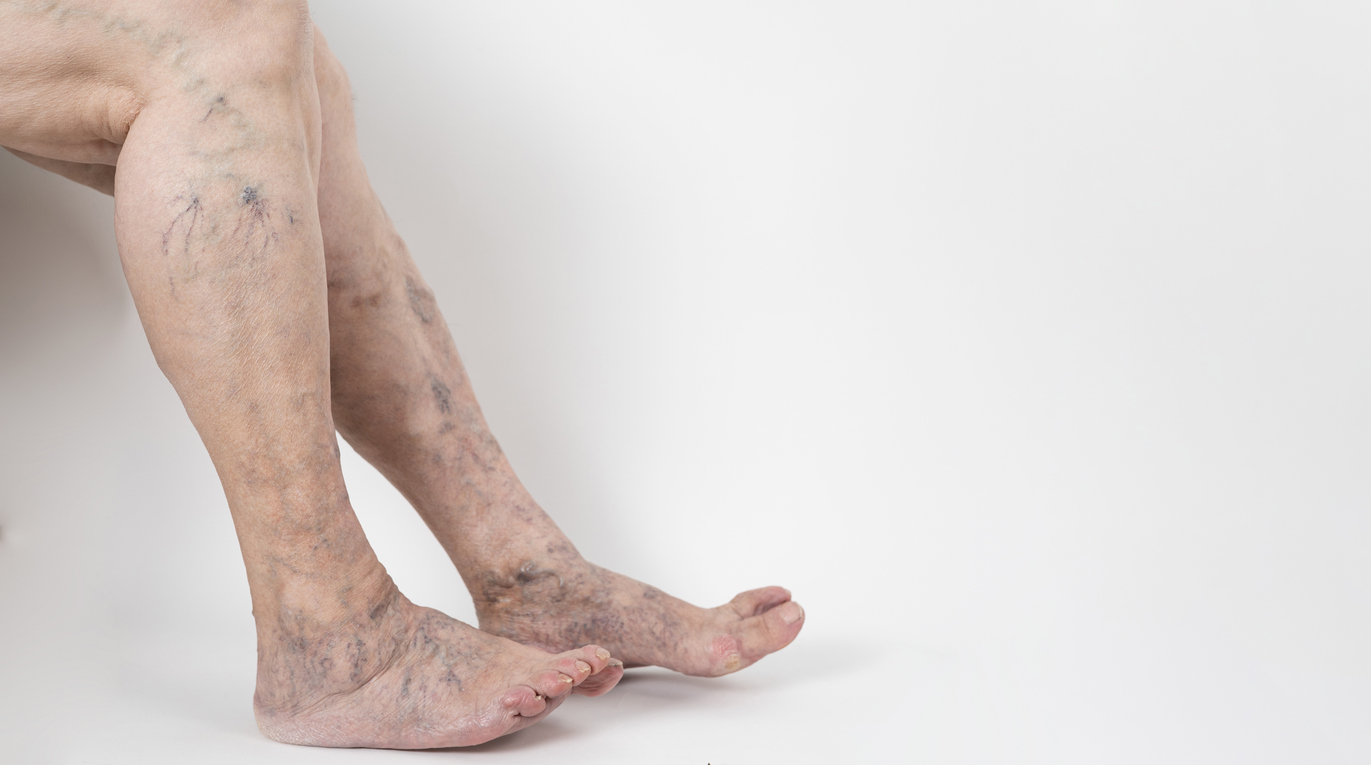Varicose veins are a common condition that affects more than 30 million people. Although they are not typically a cause for medical concern, many people are concerned about how they look. They often appear purple or blue and affect the legs and feet. They can become more pronounced if left untreated. You may wonder why varicose veins develop. Below, you will find helpful information on the causes of varicose veins.
Why Do Varicose Veins Develop?
Varicose veins are not medically serious, but those with the condition are often embarrassed by how they look on their bodies. They are visible on the surface of the skin and are, therefore, more commonly visible when patients wear shorts or a swimsuit. Many people are unhappy with the way they look and seek treatment. The heart and vascular center can diagnose and treat varicose veins.
There are effective treatment options for varicose veins, but it is more helpful to focus on preventing them in the first place. Varicose veins occur due to issues with the valves in the veins. The valves in your veins regulate blood flow to ensure your blood continues to move. When the veins are damaged or weakened, it can cause the blood to pool in your veins. The pooled blood is noticeable on your skin’s surface in the form of varicose veins.
Causes of Varicose Veins
Varicose veins develop when the veins are damaged or weakened. Several factors can cause the development of varicose veins.
Age
The aging process impacts your body in various ways, including causing your veins to lose their elasticity. This loss of elasticity can cause your veins to stretch and ultimately become weaker, which allows your blood to flow backward and pool at different points in your veins. The result is varicose veins that are blue or purple and twisted.
Gender
Women are much more likely than men to develop varicose veins. Several hormonal changes throughout their lives, including pregnancy, menstruation, and menopause, can result in varicose veins. Hormones can impact the walls of your veins, making them more susceptible to varicosity.
Weight
Those who are overweight or obese are at a higher risk for varicose veins. Excess weight puts additional pressure on your veins, which can result in varicosity. It is helpful to prioritize maintaining a healthy weight to reduce your risk for varicose veins.
Genetics
As with so many aspects of health, family history plays a huge part in determining your risk of having varicose veins. If you have a close family member with varicose veins, you are more likely to develop them. Focus on preventive measures to reduce your risk, such as maintaining a healthy weight by regularly exercising and eating healthy. Additionally, focus on wearing supportive footwear and avoiding standing or sitting for long periods.
Treatment for Varicose Veins
The vast majority of varicose vein cases are not serious. However, sometimes, they can lead to more serious health issues. It is advisable to get treatment to avoid any potential issues. Issues include ulcers, blood clots, and bleeding, which can occur in rare cases. In addition to the potential for more unwanted issues, varicose veins are often obvious if they are left uncovered.
Now that you know why varicose veins develop, keep in mind that there are effective treatment options available if you do not like their appearance on your skin. Laser vein removal treatments can remove your varicose veins. Patients who have received treatment report an increase in their confidence and self-esteem, especially while wearing shorts and swimsuits. Feeling good in your body is a top priority. Contact the team at Beverly Hills Heart and Vascular Center to schedule an appointment today!

